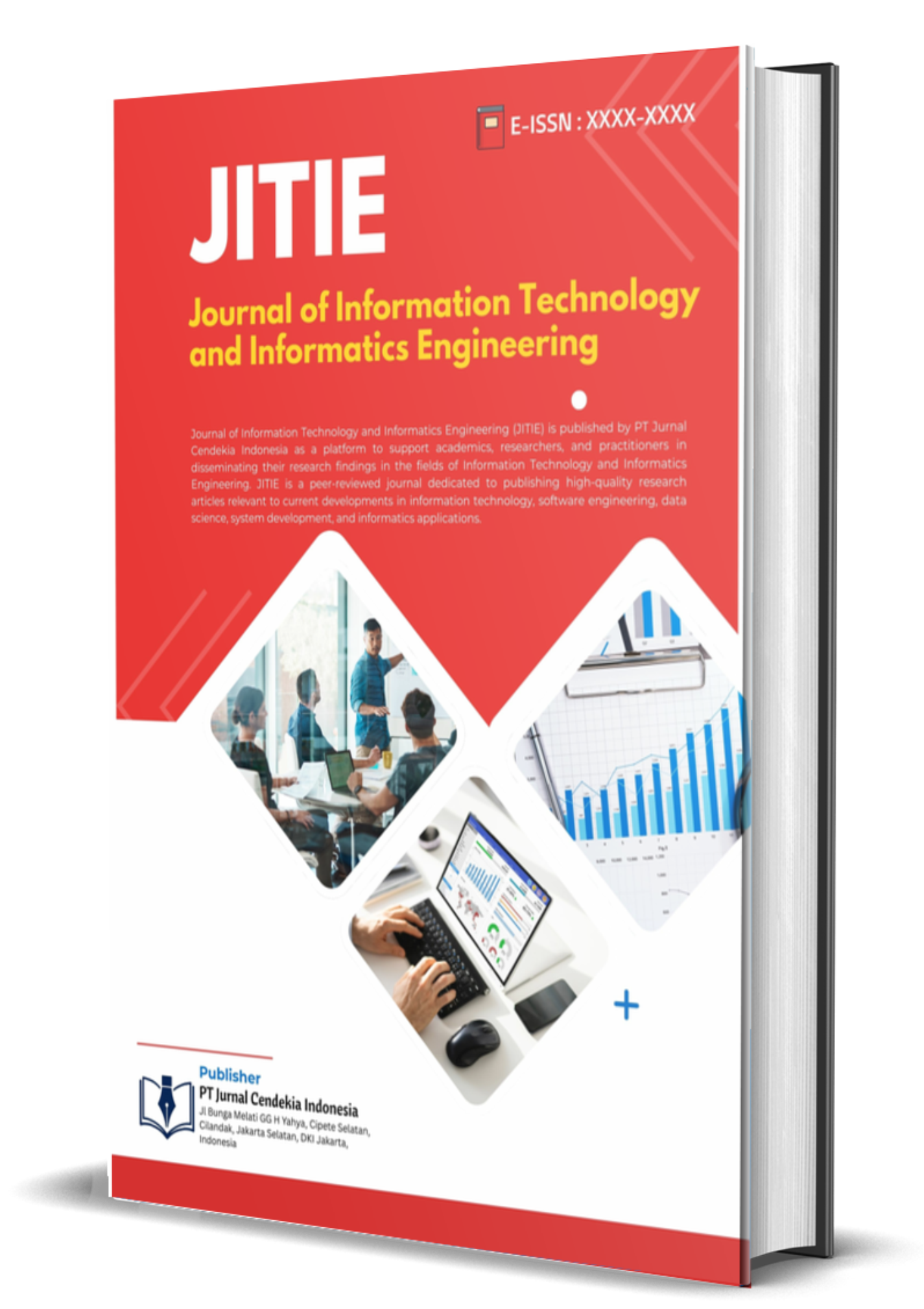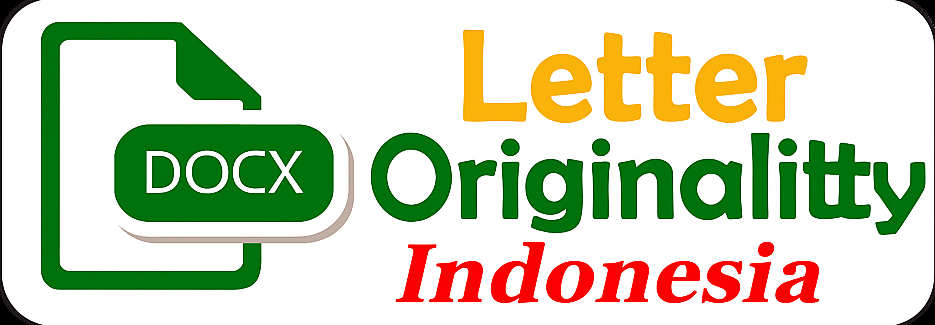Heart Attack Risk Sentiment Analysis Using K-means Clustering With Rapidminer
Keywords:
data mining, k-means, rapidminer, heart attack risk, patient groupingAbstract
This study discusses the analysis of patient grouping based on heart attack risk by applying the K-Means Clustering algorithm using RapidMiner software. In this modern era, patient health data is very important for early identification and prevention of serious diseases such as heart attack. To understand the patterns of patient characteristics related to this risk, a clustering process was carried out on a heart attack risk dataset obtained from Kaggle, consisting of 8,763 patient data entries. The research stages began with data collection, data preprocessing, and the implementation of the K-Means algorithm with a certain number of clusters (e.g., three), which will group patients based on their risk profiles (e.g., low, moderate, and high risk). The research results are expected to show the distribution of patient data into these clusters, for example, how many patients fall into the high, moderate, and low-risk clusters. With these results, the K-Means algorithm proves effective in identifying groups of patients with similar characteristics, as well as providing useful insights for early detection and intervention of heart attack risk automatically. This research is expected to serve as a basis for the development of a more accurate and adaptive risk identification system for the dynamics of health data
References
Anwar, C. (2022). Application of Academic Information System With Extreme Programming Method (Case Study: Jakarta International Polytechnic).
Anwar, C. (2024). Rekomendasi Teknis Untuk Pengolahan Data Berbasis Web. Jurnal Informatika Utama, 2(1), 50-54.
Anwar, C., & Riyanto, J. (2019). Perancangan Sistem Informasi Human Resources Development Pada PT. Semacom Integrated. International Journal of Education, Science, Technology, and Engineering (IJESTE), 2(1), 19-38.
Anwar, C., Jagat, L. S., Yanti, I., Anjarsari, E., & Sholihah, N. A. (2023). Pengembangan Media Pembelajaran Berbasis Teknologi Untuk Meningkatkan Kemampuan Anak. Caruban: Jurnal Ilmiah Ilmu Pendidikan Dasar, 6(2), 154-163.
Anwar, C., Kom, S., Kom, M., Santiari, C. N. P. L., & Sitorus, Z. (2023). Buku Referensi Sistem Informasi Berbasis Kearifan Lokal.
Anwar, C., Nurhasanah, M., Aflaha, D. S. I., & Handayani, S. (2023). DEVELOPMENT OF INFORMATION TECHNOLOGY-BASED LEARNING MEDIA FOR EDUCATORS IN ELEMENTARY SCHOOLS. Jurnal Konseling Pendidikan Islam, 4(2), 345-353.
Anwar, Chairul, et al. "The Application of Mobile Security Framework (MOBSF) and Mobile Application Security Testing Guide to Ensure the Security in Mobile Commerce Applications." Jurnal Sistim Informasi dan Teknologi (2023): 97-102.
Rahayu, S., Subekhi, A., Astuti, D., Widaningsih, I., Sartika, I., Nurhayani, N., ... & Rafidah, R. (2020). Upaya mewaspadai serangan jantung melalui pendidikan kesehatan. JMM (Jurnal Masyarakat Mandiri), 4(2), 163-171..
Handayani, F. (2022). Aplikasi Data MiningMenggunakan Algoritma K-Means Clustering untuk Mengelompokkan Mahasiswa Berdasarkan Gaya Belajar. Jurnal Teknologi dan Informasi (JATI), 2088-2270.
Hani, J. E. (2022). ImplementasiDataMiningUntukMenentuksnPersediaanStokBarangDiMini MarketMenggunakan MetodeK-MeansClustering. Jurnal Informatika dan rekayasa komputer (JAKAKOM), 2808-5469.
Kodinariya, T. M., & Makwana, P. R. (2013). Review on determining number of Cluster in K-Means Clustering. International Journal. International Journal, 1(6), 90–95.
Downloads
Published
Data Availability Statement
Yes, on the Journal of Information Technology and Informatics Engineering website
Issue
Section
License
Copyright (c) 2025 Bima Aditiya, Ade Kurniaty, Adi Muslim, Aryazeyla Rachayudiza, Diana Manullang, Maulana Fansyuri (Author)

This work is licensed under a Creative Commons Attribution 4.0 International License.
Creative Commons Attribution 4.0 International (CC BY 4.0).















 This work is licensed under a
This work is licensed under a 